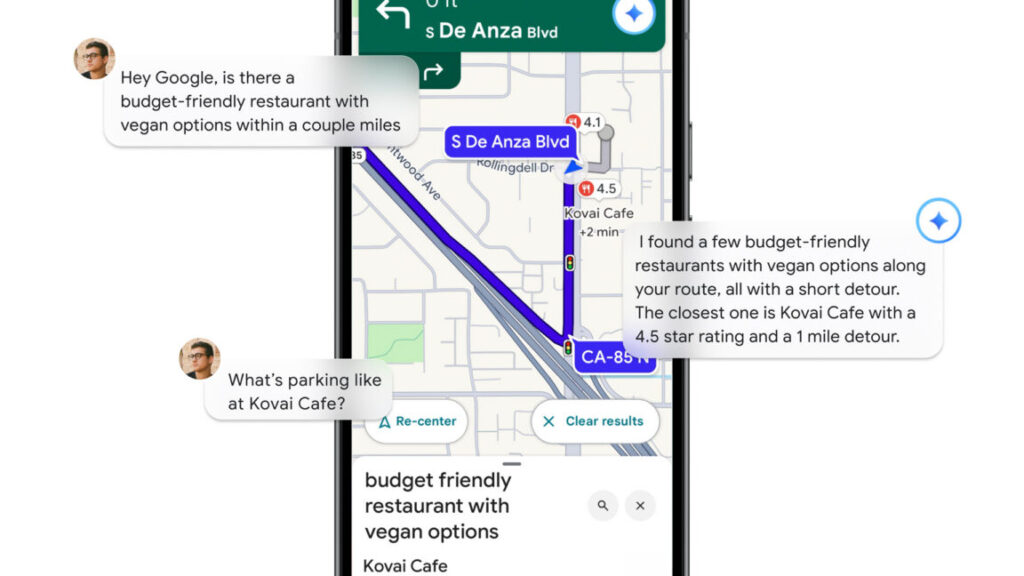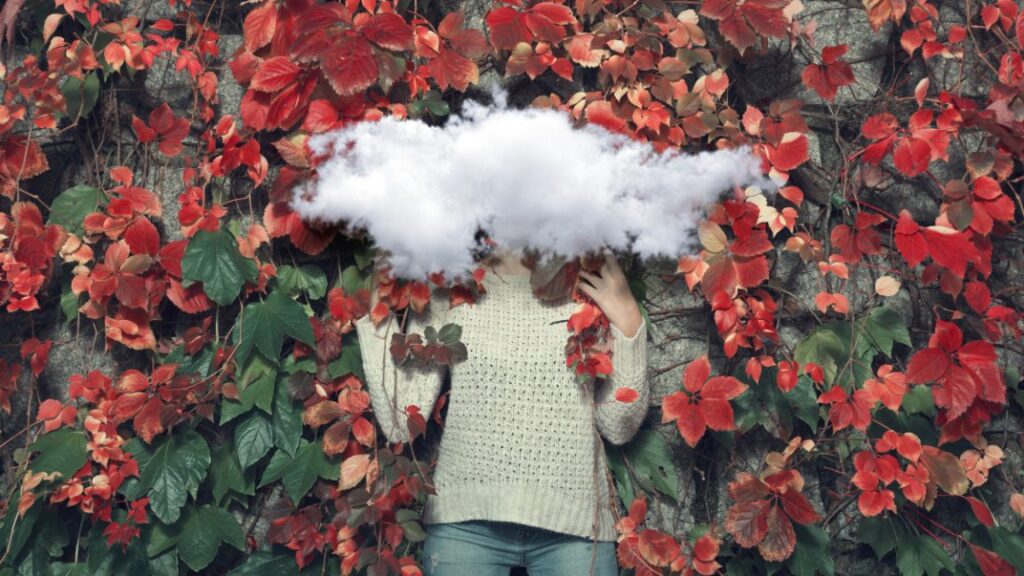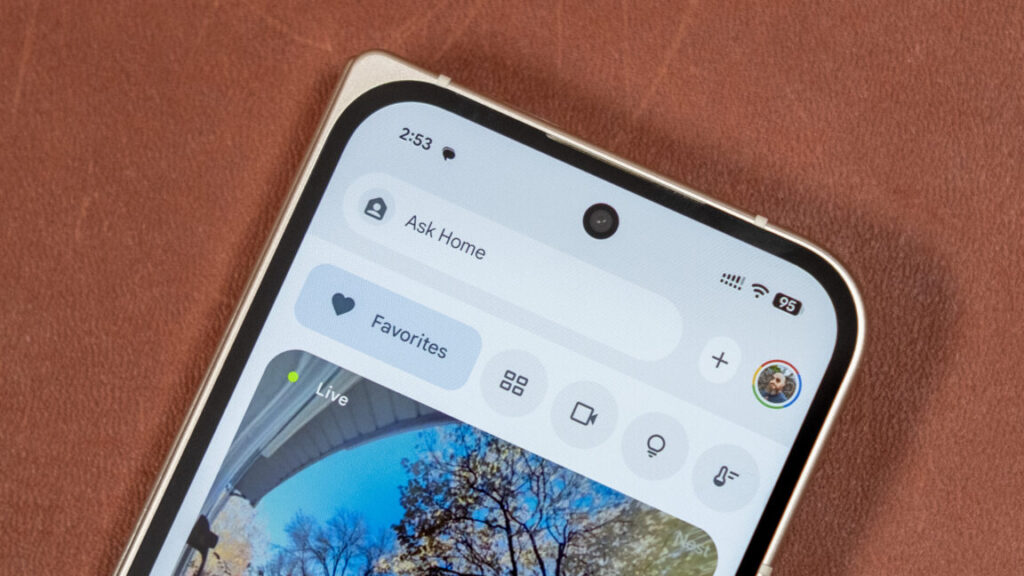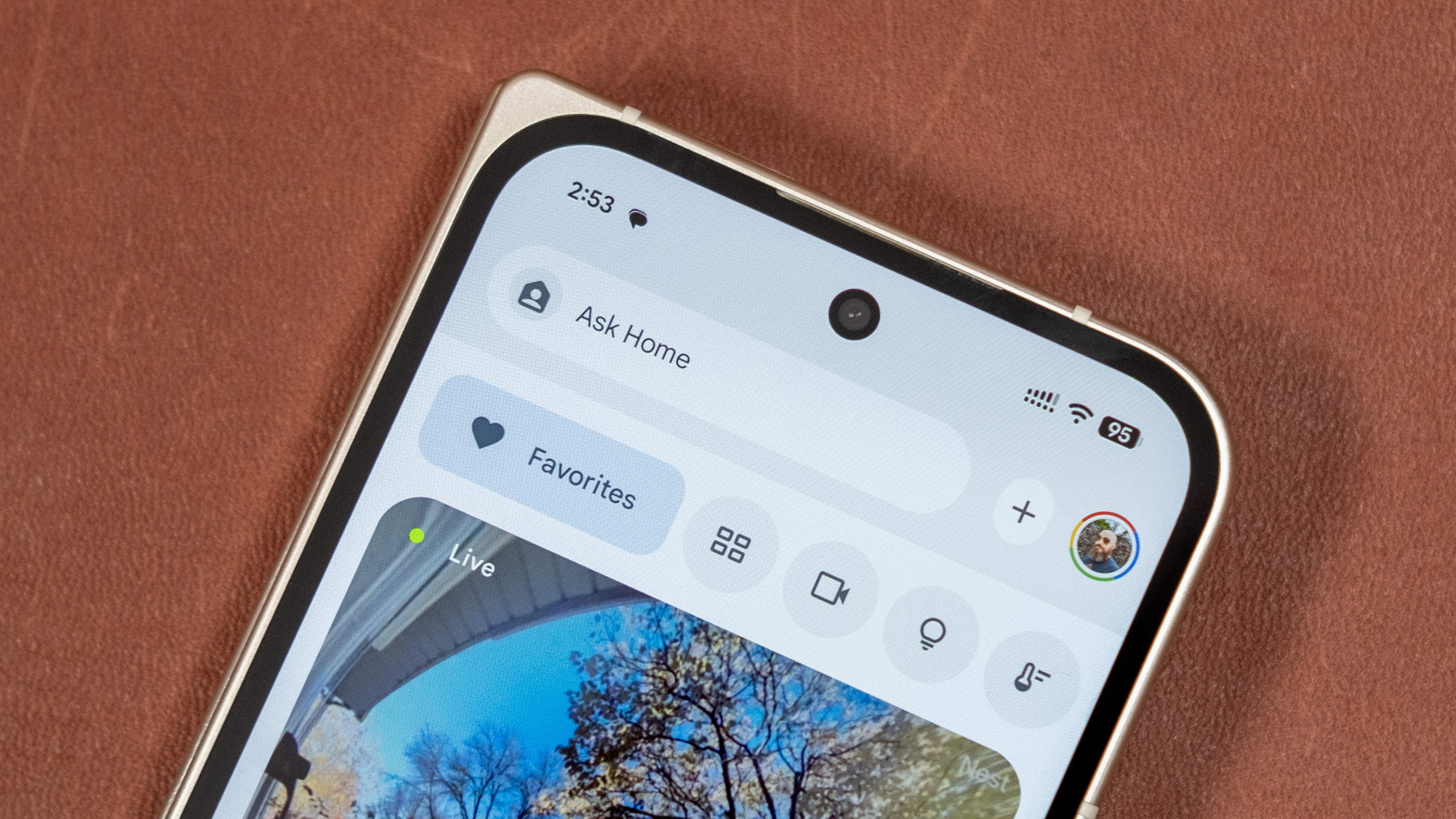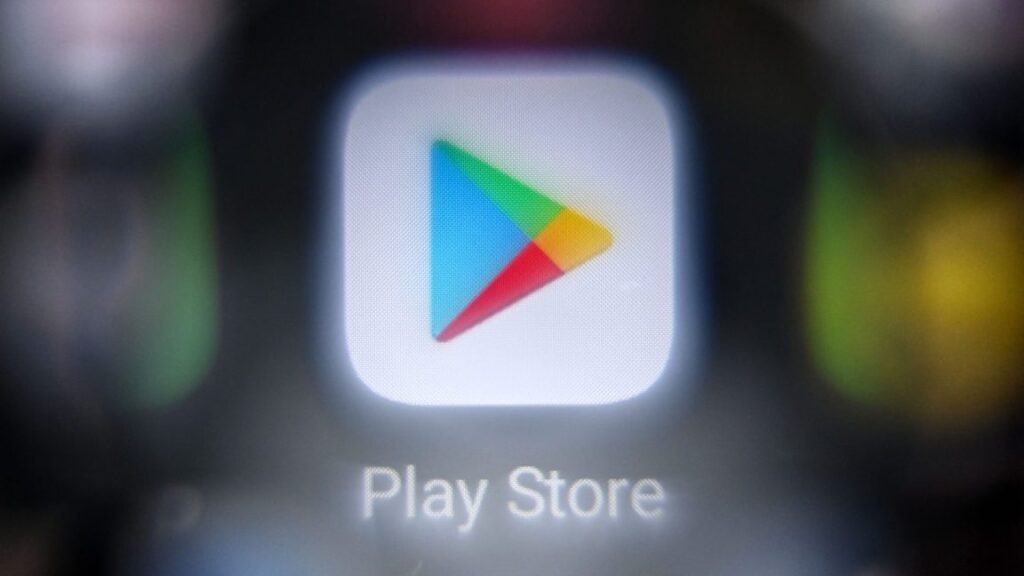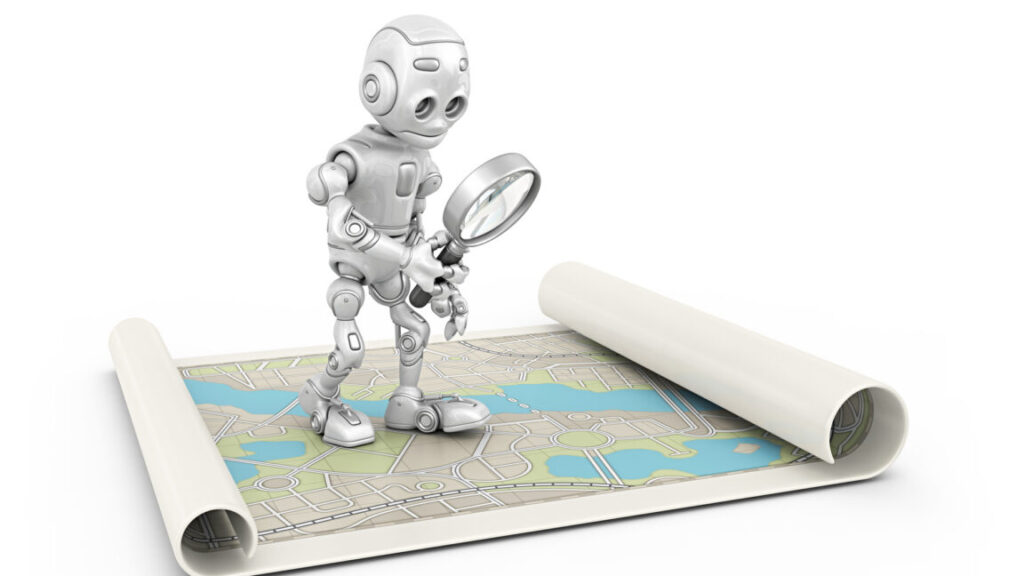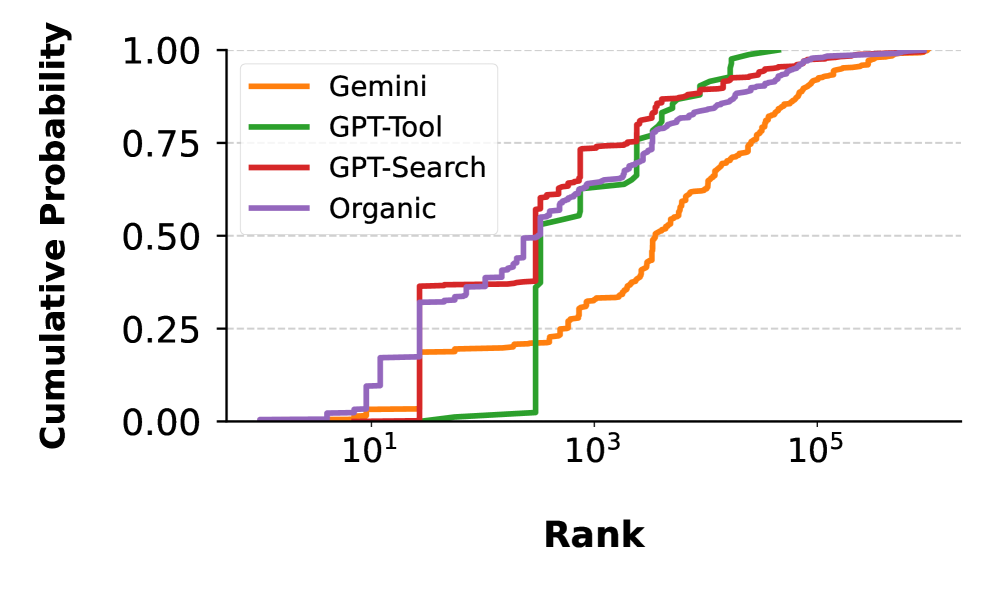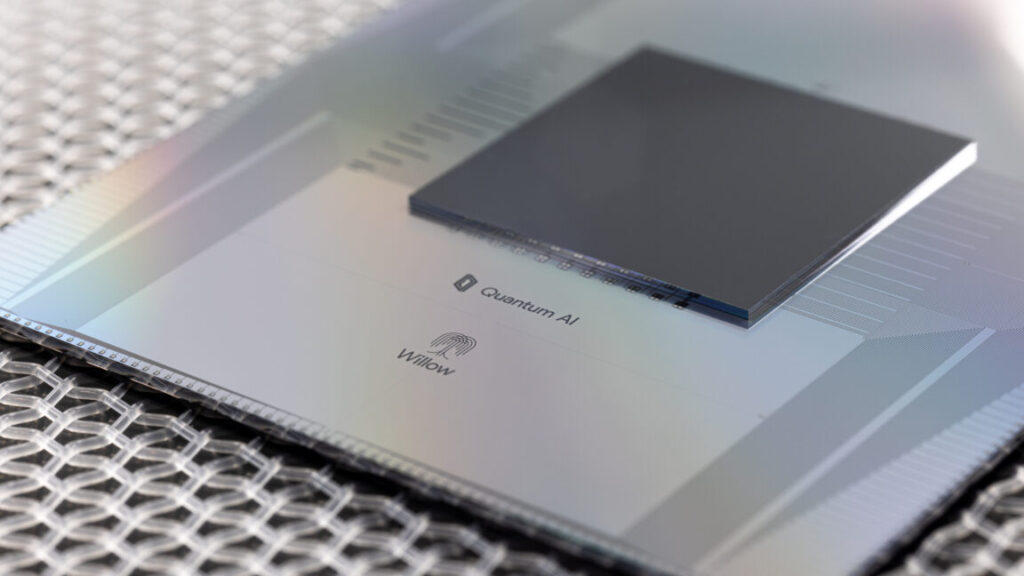So long, Assistant—Gemini is taking over Google Maps
Google is in the process of purging Assistant across its products, and the next target is Google Maps. Starting today, Gemini will begin rolling out in Maps, powering new experiences for navigation, location info, and more. This update will eventually completely usurp Google Assistant’s hands-free role in Maps, but the rollout will take time. So for now, the smart assistant in Google Maps will still depend on how you’re running the app.
Across all Gemini’s incarnations, Google stresses its conversational abilities. Whereas Assistant was hard-pressed to keep one or two balls in the air, you can theoretically give Gemini much more complex instructions. Google’s demo includes someone asking for nearby restaurants with cheap vegan food, but instead of just providing a list, it suggests something based on the user’s input. Gemini can also offer more information about the location.
Maps will also get its own Gemini-infused version of Lens for after you park. You will be able to point the camera at a landmark, restaurant, or other business to get instant answers to your questions. This experience will be distinct from the version of Lens available in the Google app, focused on giving you location-based information. Maybe you want to know about the menu at a restaurant or what it’s like inside. Sure, you could open the door… but AI!
Google Maps with Gemini
While Google has recently been forced to acknowledge that hallucinations are inevitable, the Maps team says it does not expect that to be a problem with this version of Gemini. The suggestions coming from the generative AI bot are grounded in Google’s billions of place listings and Street View photos. This will, allegedly, make the robot less likely to make up a location. Google also says in no uncertain terms that Gemini is not responsible for choosing your route.
So long, Assistant—Gemini is taking over Google Maps Read More »
